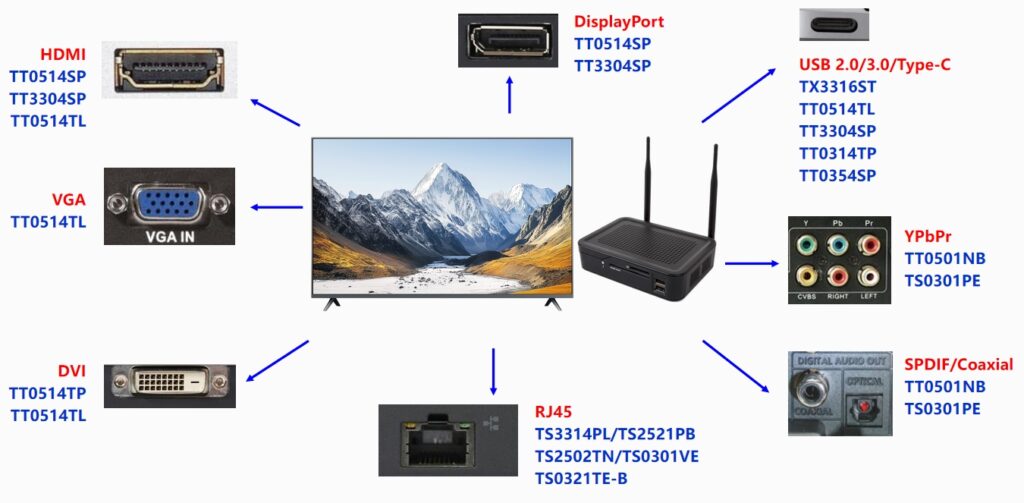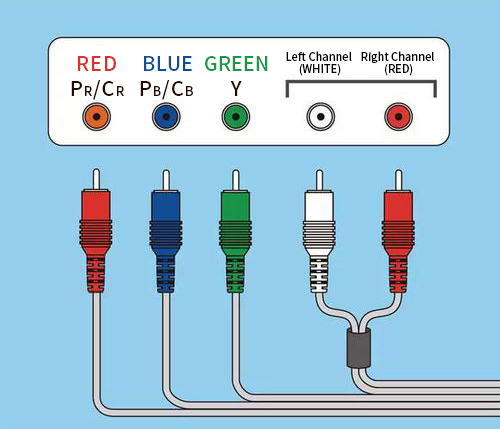Video interfaces are often subject to interference from ESD (Electrostatic Discharge) and EOS (Electrical Overstress). For example, electrostatic surges caused by thunderstorm weather or electrostatic events during hot-plugging can lead to abnormal video output: inability to display images, color abnormalities, and flickering screens. In severe cases, the video output chip may need to be replaced by a professional, and the television connected to the interface may even be burned out. Such situations should be avoided whenever possible.

Different display interfaces have varying signal paths and control paths, and the rate at which they transmit signals also differs. This results in different process technologies and ESD tolerances for the control chips of each interface. Therefore, different interfaces require the selection of different ESD protection chip sets for effective ESD protection.
YPbPr Interface

For the YPbPr interface, the main ESD protection chip used is the TT0501NB.

As shown in Figure 1, it is a schematic diagram of the YPbPr interface connected with an ESD protection chip. The left part of the circuit is the video transmission signal port, and the right side is the downstream circuit. JY Electronics recommends using three discrete TVS diode arrays, TT0501NB, for electrostatic surge protection of the YPbPr/YCbCr interface. Connect the Y (luminance), Pb/Cb (blue signal), and Pr/Cr (red signal) three signal ports to the IO1 ports of the three chips, respectively, and then ground the IO2 ports of the three chips.
When a high voltage is generated from the video signal, this large current can flow through the ESD protection chip to the power ground, and the high voltage is clamped at its clamping voltage VC, thereby protecting the downstream circuit from being damaged by the surge voltage and maintaining the stability of the video signal transmission.
